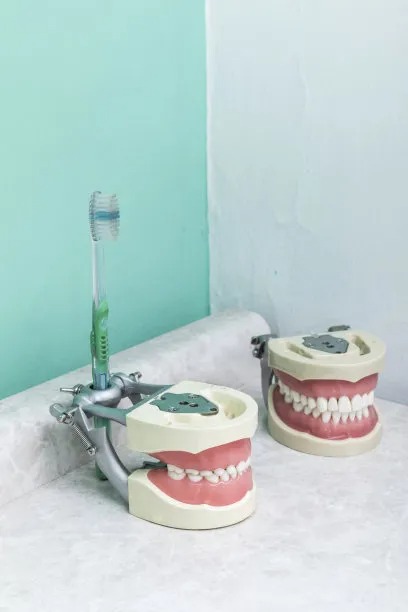A Comprehensive Guide to the Process and Care After Extracting a Tooth for Better Oral Health
Summary: Tooth extraction can be a daunting procedure, yet understanding the process and post-operative care is crucial for a speedy recovery and better oral health. In this comprehensive guide, we will explore the tooth extraction process, the immediate care needed afterward, long-term aftercare practices, and the importance of follow-up appointments. Each section will provide essential insights to help manage discomfort, prevent complications, and ensure optimal healing. Follow these guidelines to maintain your oral hygiene and overall well-being post-extraction.
1. Understanding the Tooth Extraction Process

Tooth extraction is typically performed by a dentist or oral surgeon when a tooth is severely damaged, infected, or poses a threat to surrounding teeth. Prior to the extraction, a thorough examination and imaging tests, such as X-rays, are conducted to assess the tooth’s condition and determine the best approach. This initial step is vital as it sets the stage for the procedure.
The actual extraction procedure varies depending on whether the tooth is impacted or fully erupted. For a simple extraction, local anesthesia is administered to numb the area, and the dentist gently loosens the tooth before removing it. Conversely, impacted teeth might require a more complex surgical procedure that may involve removing bone or gum tissue.
Post-extraction, a blood clot forms in the tooth socket, which is essential for proper healing. It’s crucial for patients to follow care instructions to protect this clot, as losing it can lead to a painful condition known as dry socket, potentially prolonging the recovery process.
2. Immediate Post-Extraction Care Guidelines
Immediately after tooth extraction, patients should focus on managing pain and swelling. Dentists typically recommend applying an ice pack on the outside of the face for the first 24 hours to reduce swelling. Additionally, prescribed pain medications or over-the-counter alternatives like ibuprofen can help ease discomfort.
Post-operative instructions often include dietary recommendations; for instance, patients should stick to soft foods like yogurt, mashed potatoes, or smoothies for the first few days. Avoiding hot, spicy, or crunchy foods is essential as they can irritate the extraction site and disrupt healing.
Another critical aspect of immediate care is maintaining oral hygiene without disturbing the extraction site. Patients should be advised to avoid brushing the extraction area for the first 24 hours to allow the blood clot to stabilize. Gentle rinsing with warm salt water can help keep the mouth clean after the first day, but using mouthwash with alcohol should be avoided.
3. Long-Term Care After Tooth Extraction
Following immediate care, long-term care plays a significant role in determining the outcome of the tooth extraction process. Patients are encouraged to stay vigilant about their oral hygiene practices. Regular brushing and flossing, avoiding the extraction site for a few days, and gently cleaning around it will ensure the surrounding gums remain healthy.
Hydration is also key during recovery. Drinking plenty of fluids helps maintain oral moisture and supports overall health. However, using straws should be avoided in the days following the extraction, as the suction can dislodge the blood clot and cause complications.
As the healing progresses, patients can gradually reintroduce regular foods into their diet. It is wise to pay attention to any signs of discomfort or problems at the extraction site and to modify their oral hygiene routines accordingly. Patients should keep an eye out for signs of infection, such as increased pain, swelling, or a bad taste in the mouth, signaling the need for medical attention.
4. The Importance of Follow-Up Appointments
Another crucial aspect of post-extraction care is attending follow-up appointments with the dentist. These visits allow the dental professional to evaluate the healing process, ensure that there are no complications, and provide additional care if necessary. It’s a good practice for patients to ask any questions they might have regarding their recovery and future dental health during these visits.
For patients who had complicated extractions, such as impacted wisdom teeth, the dentist might schedule follow-ups to monitor healing closely. Being attentive to these appointments can foster a smoother recovery and reaffirm good oral health habits.
Additionally, these visits provide an opportunity for the dentist to discuss preventive measures for future dental issues. Since tooth extraction is sometimes a sign of larger oral health concerns, working with a dental professional on a personalized care plan can enhance the patients overall dental well-being.
Summary:
In summary, understanding the tooth extraction process and the importance of post-operative care can significantly reduce complications and contribute to better long-term oral health. By following the outlined guidelines for immediate and long-term care, patients can navigate their recovery confidently and efficiently.
This article is compiled by Vickong Dental and the content is for reference only.



